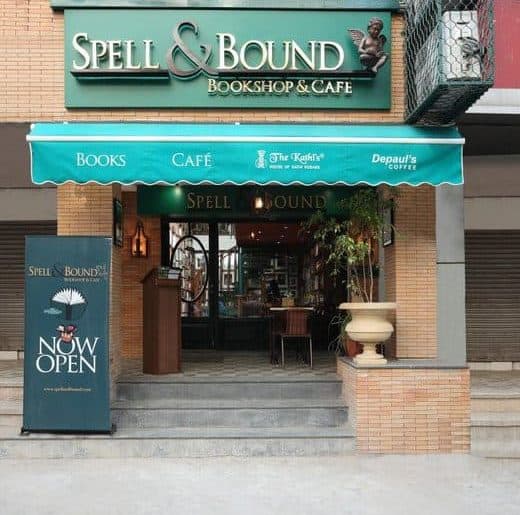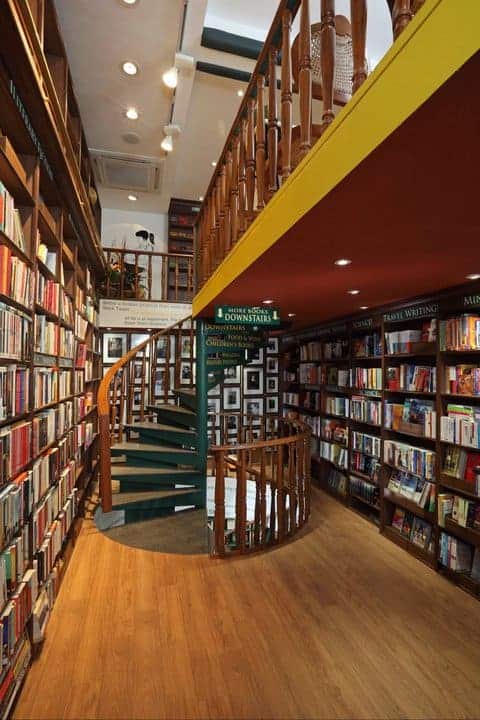With catchy taglines and titles, most of the self-help books find it not very hard to attract the attention of a passerby on the book-shelves. The publishing industry has exploited the term self-help and offered a wide variety of advice books from diet and financial happiness to love, relationships and the pursuit of happiness. But do they actually help in achieving this or remain just a ‘feel good’ read which we tend to forget in a week or so remains a question.
Perhaps bestsellers like ‘Who Moved my Cheese’ and “How to Win Friends and Influence Others’ dwell upon the man’s urge for self-improvement by reading out the writings by experts. The authors of these books generally have a high profile platform with a built-in audience and most people buy these books because it’s in vogue. We tend to buy these self help books for dressing our mental wounds but they only serve as a painkiller. They work enough to make you read the next one, but if they really worked, people would fix themselves and the market would disappear.
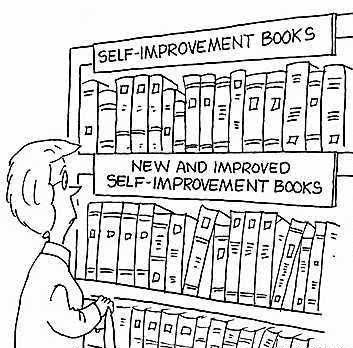
It’s often said a good book can change one’s life and self-help books do offer some inspiration and hope. Their ultimate message is clear: If you are dealing with the lock of despair, hope is the key. So, yes, well-thought-out, well-written self-help books can be helpful to just about anyone, but they are absolutely essential to those who are in need of a sudden change. It’s like a revelation that introduces them to a whole new world of possibilities.
Ultimately the key to benefitting from a self-help book evolves from the quest of changing our lives for the better because the stronger our desire to change, the more likely we benefit from any kind of self-help vehicle. But it’s important to remember that merely reading out a self-help book would not garner support for long in true accomplishment of changing selves. It acts like a teaching tool that leads us to the trail of helping yourself by stimulating you to take action.
imagecourtesy:selfimprovementebooks;

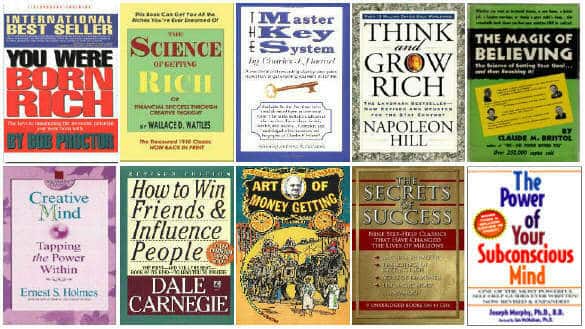
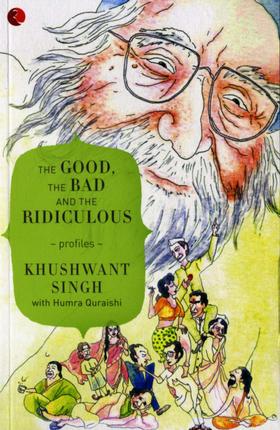
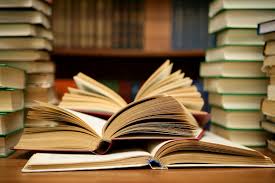
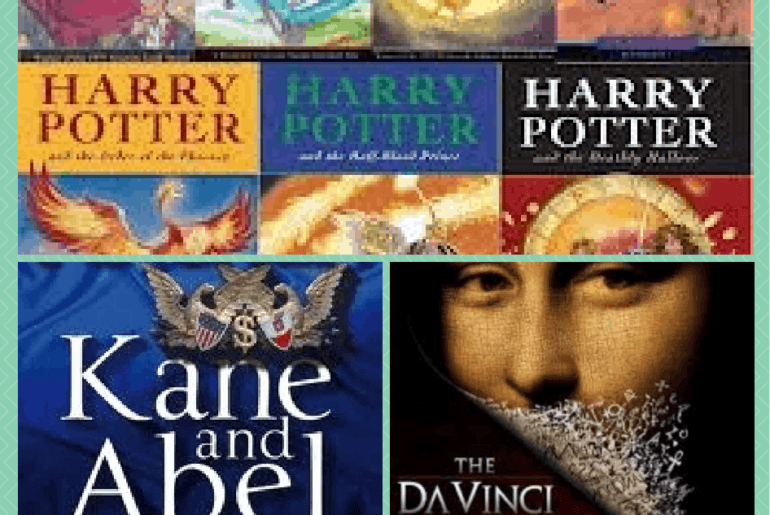
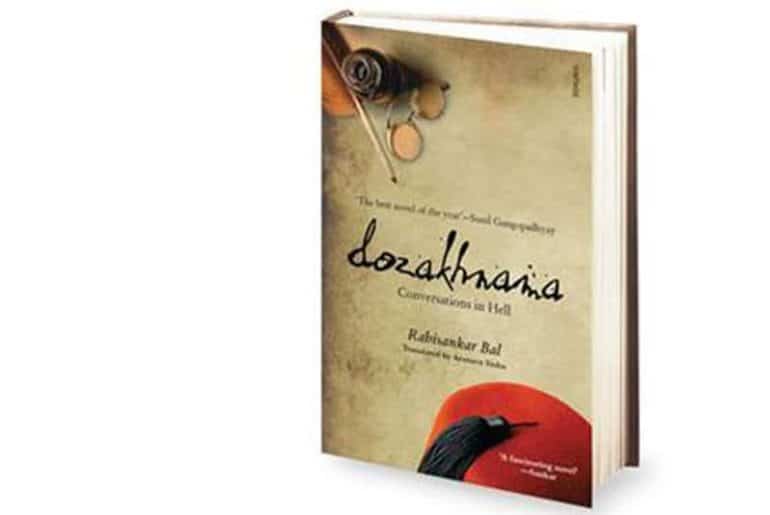
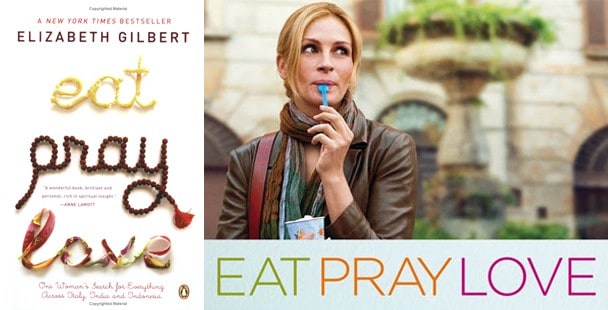
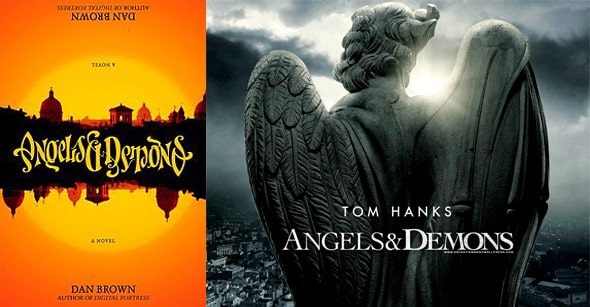

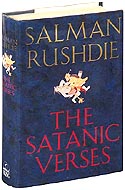 1) The Satanic Verses
1) The Satanic Verses
 5) The Polyester Prince
5) The Polyester Prince
